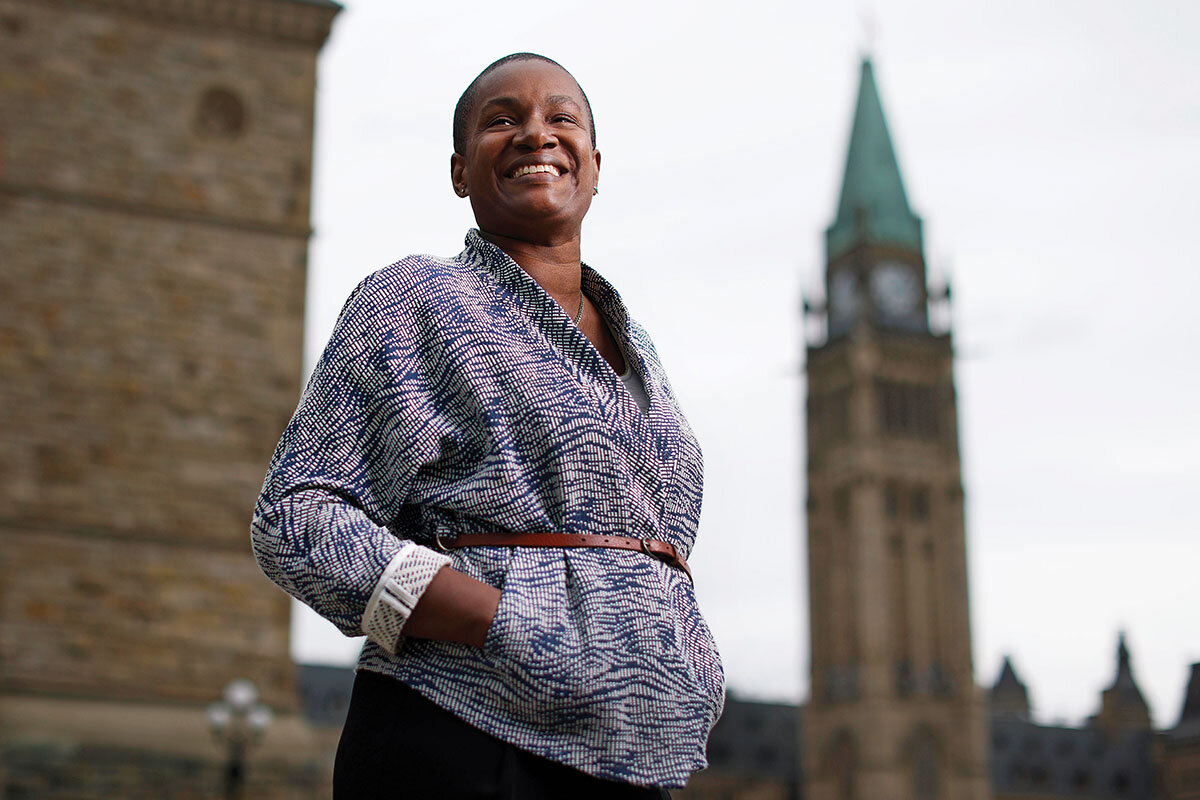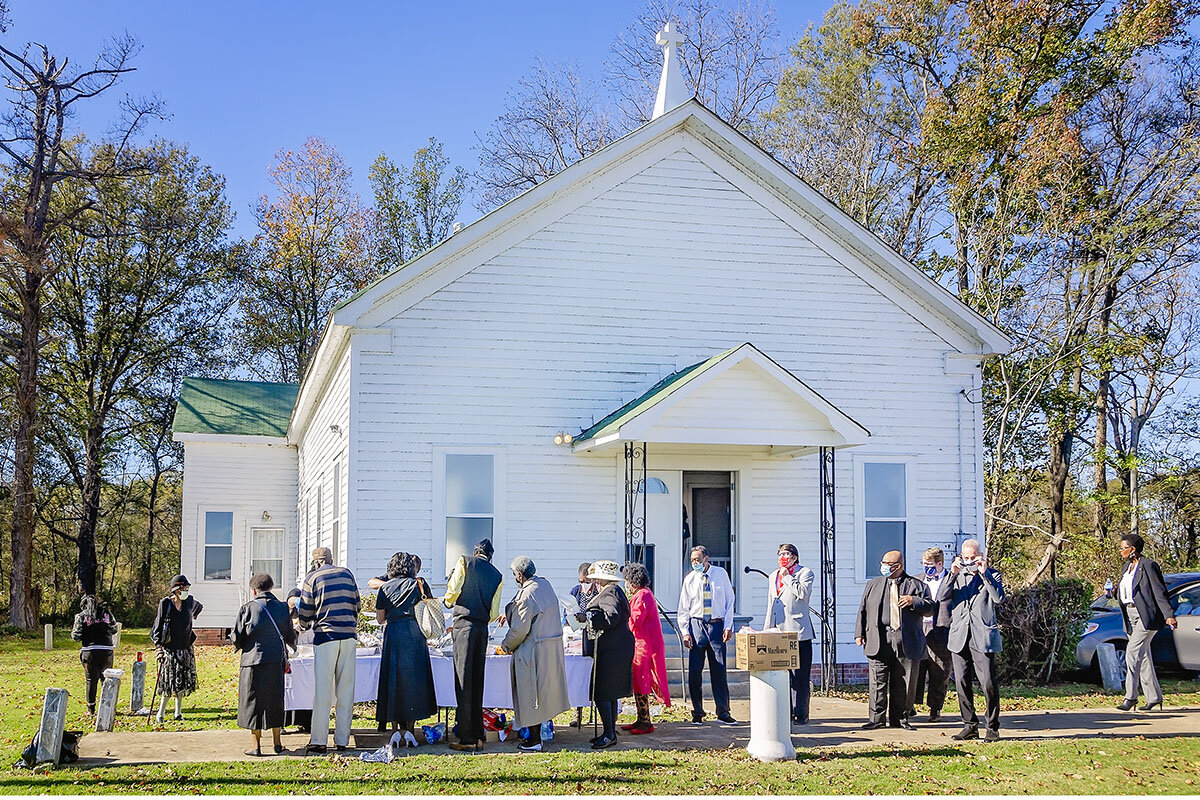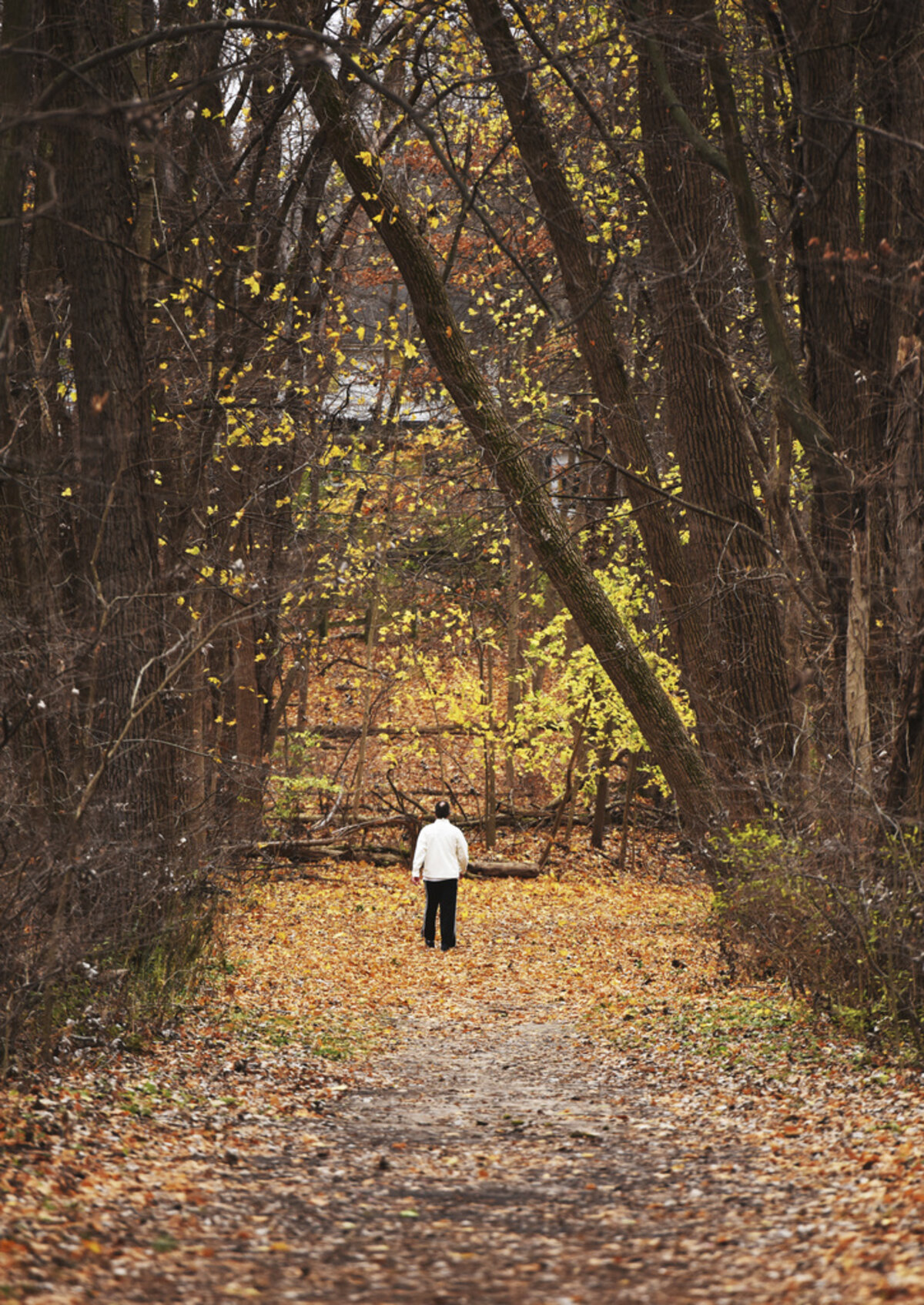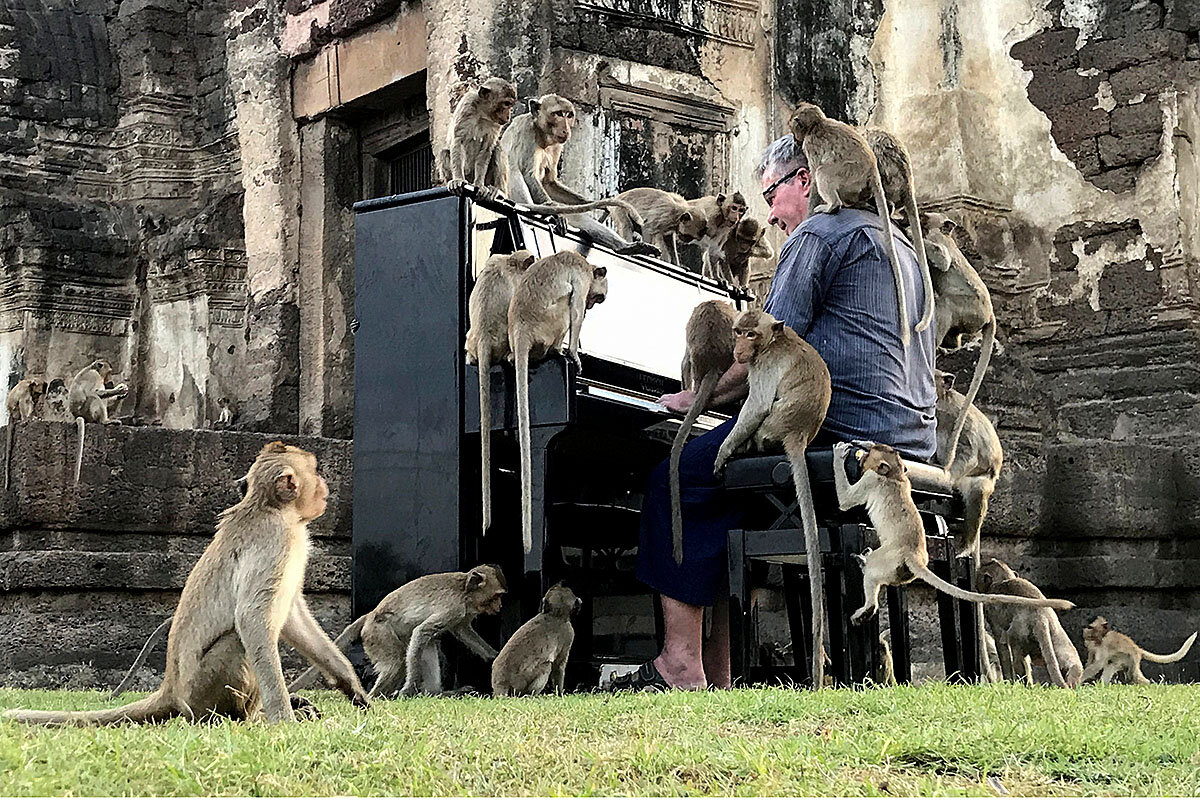More than eight months into the pandemic in the United States, many local, state, and federal guidelines can still appear random. Public confidence is crucial to cooperation.
Monitor Daily Podcast
- Follow us:
- Apple Podcasts
- Spotify
- RSS Feed
- Download
 Mark Sappenfield
Mark Sappenfield
In the coming months, there will be countless attempts to understand the past four years in American politics. But among these first drafts of history, one stood out. Imagining ourselves years in the future, Katherine Miller of BuzzFeed News asks: How will we be able to explain the degree to which “an entire country became accustomed to living inside one person’s head”?
President Donald Trump occupied Americans’ attention in a way no president ever has. His command of media tools, his desire for attention, and his relish for speaking in ways that often offended opponents meant the nation fixated on him, pro or con. But at a time when social media and cable news have created an industry of reaction and outrage, Mr. Trump’s presidency perhaps began to outline limits.
In a Washington Post column last year, 40-year journalist David Von Drehle wrote: “If and when our obsessions with news feeds sour life and weaken the community, a citizen’s duty is to tune out – for a healthy hour, day, or week.”
Ms. Miller added more simply, “You can’t live like this all the time.”
In that way, one of the most important postelection tasks for all might be discovering a new balance.










